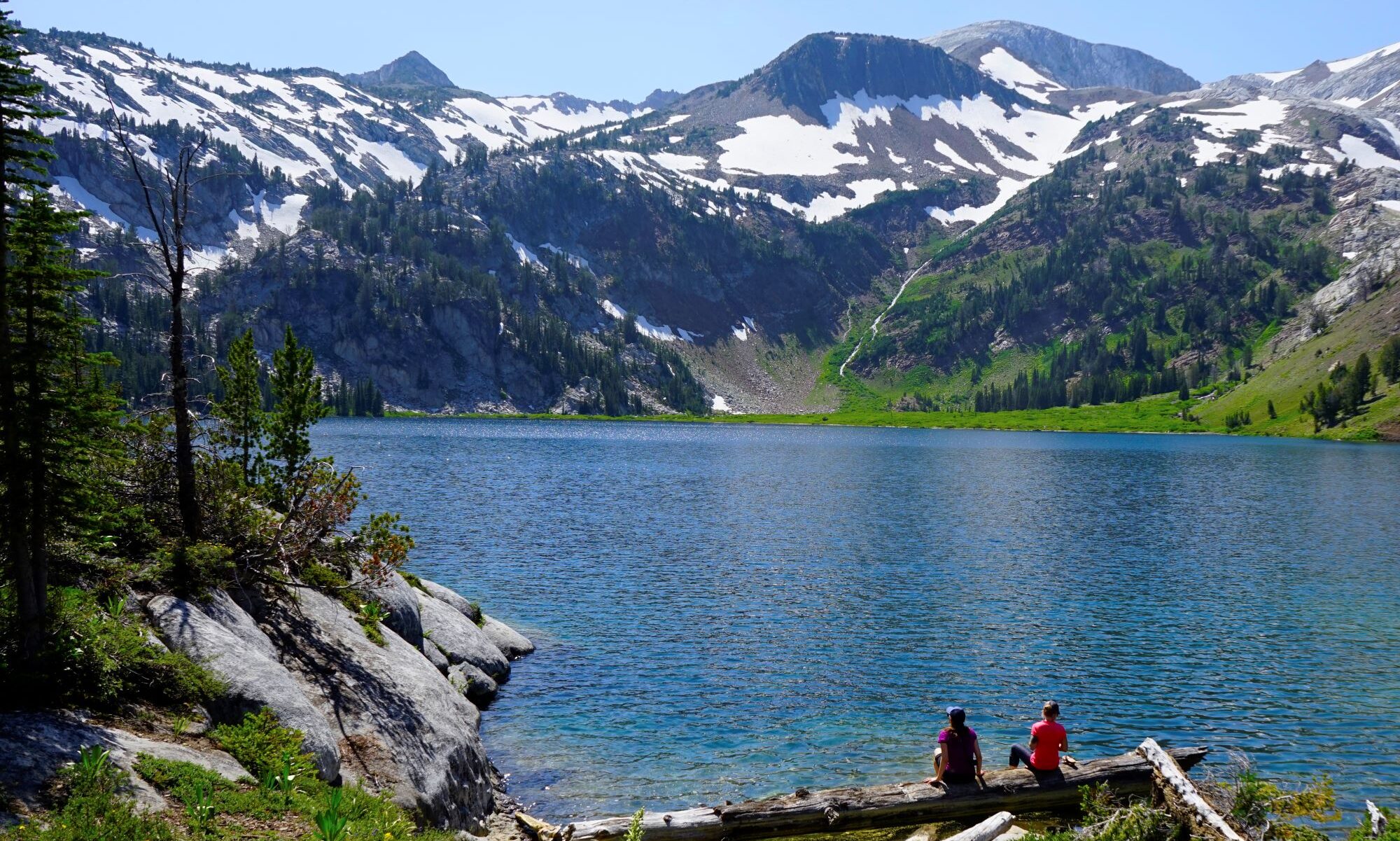
Compiled by the Mazama Conservation Committee
It’s April, and quite naturally Earth Day-themed events abound.
There are trash pickups, workshops on composting and tending native plants, and countless activities that let young children dig in the dirt, explore flora and fauna and learn how to help Mother Nature every day.
For Mazamas – who, shall we say, lean toward more vigorous pursuits – the calendar also offers serious roll-up-your-sleeves, lace up the boots and get after it meet-ups across the Portland-Vancouver metro area.
And that’s where we’ll focus this compilation of work party listings we unearthed for Saturday-Sunday, April 22-23:
Forest Park in Portland requires constant care in the form of trail work and pulling invasive species. This time the focus is on the Birch or Wildwood trails. April 22. https://forestparkconservancy.org/get-involved/events-calendar/
The Boise Eliot Native Grove in North Portland could use some real muscle for extensive post-digging work to place new signage. April 22.
https://pdxparent.com/event-single/6th-annual-earth-day-work-party-boise-eliot-native-grove/
Time to clear more ivy and other nasties from the Willow Place Natural Area along Lake Road in Milwaukie, along with planting new shrubs. April 22.
https://www.milwaukieoregon.gov/sustainability/earth-day-restoration-event
In nearly the same neck of the woods – and facing the same creepy threats – North Clackamas Park in Milwaukie needs hands-on help. April 22. https://ncprd.com/event/earth-day
Trees along the Clackamas River near Oregon City also need serious ivy-pulling, which the Clackamas River Basin Council and Earth on the Edge has prioritized this year. April 22. https://clackamasriver.org/events/earth-day-save-a-tree-from-ivy/
Field Bridge Park in West Linn is primed for a round of new plantings and invasive removal, organized by the Tualatin Riverkeepers. April 22. http://tualatinriverkeepers.org/events/fields-bridge-restoration
With some modest muscle, volunteers can rid West Linn’s Palomino Park of invasive plants, as well. Sunday, April 23. https://www.solveoregon.org/opportunity/a0C8W00000VBzsnUAD/earth-sunday-at-palomino-park
Just up the road in Lake Oswego, similar natural habitat cleanup – ivy pulling, digging, trimming and the like – will help keep Springbrook Park in good shape. April 22.
https://www.solveoregon.org/opportunity/a0C8W00000VBR4aUAH/lake-oswego-or-spring-clean-up-restore-habitat-at-springbrook-park-42323
In nearby Southwest Portland is another tree care event – actually two projects along Tryon Creek, one of them near the recently rebuilt Boones Ferry Road Bridge. April 22.
https://allevents.in/portland/tree-care-event-portland-or/10000579516017007
Clark County, Washington, is in on the action, too. Join the Clark Public Utilities-sponsored Salmon Creek planting/restoration work just northwest of Vancouver. April 22. https://www.eventbrite.com/e/streamteam-earth-day-tree-planting-tickets-560706908457
There are plenty more Earth Day events in our area and beyond, designed for all ages and interests. Included are numerous cleanups, family friendly gatherings and workshops, guided hikes, and other celebrations.
To find a good match, check with your county, or city, or parks department; your church or school; or any outdoors or volunteer organization of choice.
Here are some good links with comprehensive listings:
https://www.solveoregon.org/spring-cleanup
(differs from):
https://www.solveoregon.org/solvecalendar
https://www.eventbrite.com/d/or–portland/earth-day-events/































